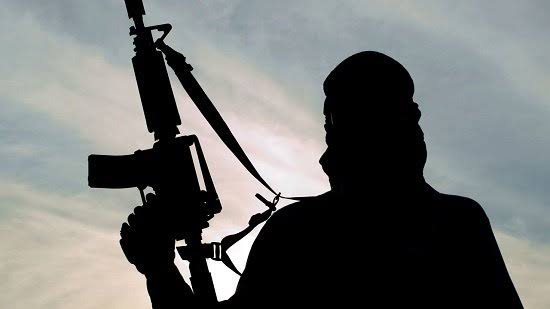Religious diversity has been a defining characteristic of the United States since its founding. The country was founded on principles of religious freedom, and the Constitution guarantees the separation of church and state. However, the history of religious conflict in the United States is not without its dark moments. From the persecution of Native American religions to the anti-Muslim sentiment following the 9/11 attacks, religious conflict has been a part of the country’s history. In this article, we will explore the history of religious conflict in the United States, from its earliest days to the present.

Early Religious Conflicts
Native American Religions
Native American religions were the first to be persecuted in the United States. When European settlers arrived on the continent, they brought with them their own religious beliefs and practices. They saw Native American religions as primitive and heathen, and they sought to convert Native Americans to Christianity. This led to the forced assimilation of Native American children in boarding schools, where they were forbidden from practicing their own religions.
The Salem Witch Trials

One of the most infamous examples of religious conflict in the United States is the Salem Witch Trials. In 1692, a group of young girls in Salem, Massachusetts, claimed to be possessed by the devil. The girls accused several women of witchcraft, and the accusations quickly spread. Over the course of several months, more than 200 people were accused of witchcraft, and 20 were executed. The Salem Witch Trials were a dark moment in American history, and they serve as a reminder of the dangers of religious extremism and hysteria.

Anti-Catholic Violence
In the 19th century, anti-Catholic violence broke out in the Northeastern United States. The influx of Catholic immigrants from Ireland and other parts of Europe led to fears that Catholics would take over the country and undermine American values. This fear was fueled by the Catholic Church’s hierarchical structure and its perceived loyalty to the Pope. Anti-Catholic violence included the burning of churches and convents, as well as physical attacks on Catholics.

LATER RELIGIOUS CONFLICTS
The Mormon War, The Utah War
The Mormons were another religious group that faced persecution in the United States. After being chased out of several states, they settled in Nauvoo, Illinois, where they built a thriving community. However, tensions between the Mormons and non-Mormon locals led to the sacking of Nauvoo and the execution of founder Joseph Smith. The Mormons eventually settled in Utah, where they faced further persecution, including the Mountain Meadow Massacre. It wasn’t until the 1890s, when the Mormons ended the practice of polygamy, that Utah achieved statehood.

The Jewish Experience
The U.S. began seeing the first wave of anti-Semitism at the end of the 1890s, just as the federal government began restricting immigration from Europe. While Jews were largely tolerated and discriminated against in localized incidents, the Great Depression saw a rise in anti-Semitic fervor. Jews were violently attacked in urban areas such as New York and Boston, and they faced social and political discrimination. Despite this, religious conflict rooted in anti-Semitism has been largely non-violent in the United States.

Hate Crimes As Religious Conflict
The incidents of violence against individual Jews that characterized the anti-Semitism of the Great Depression would have fallen under the category of religious hate crimes if the FBI had been collecting those statistics at the time. The FBI began tracking hate crimes in 1992, and anti-Semitic hate crimes have dominated the national hate crime statistics for the past ten years. However, the post-9/11 era has seen a rise in anti-Muslim sentiment, and verifiable, religiously motivated hate crimes against Muslims in the U.S. increased 1,600 percent in 2001 from the prior year.
In Conclusion, despite its religious diversity, the United States has seen relatively little religious conflict throughout its history. While there have been periods of violence and persecution directed at religious minorities, these incidents have been relatively isolated when compared with other countries around the world. Possible explanations for this include the country’s commitment to religious freedom and the separation of church and state, as well as the fact that religious conflict has often been conflated with ethnic and racial conflict in the United States. Whatever the reasons, the history of religious conflict in the United States serves as a reminder of the importance of religious tolerance and understanding in a diverse society.

